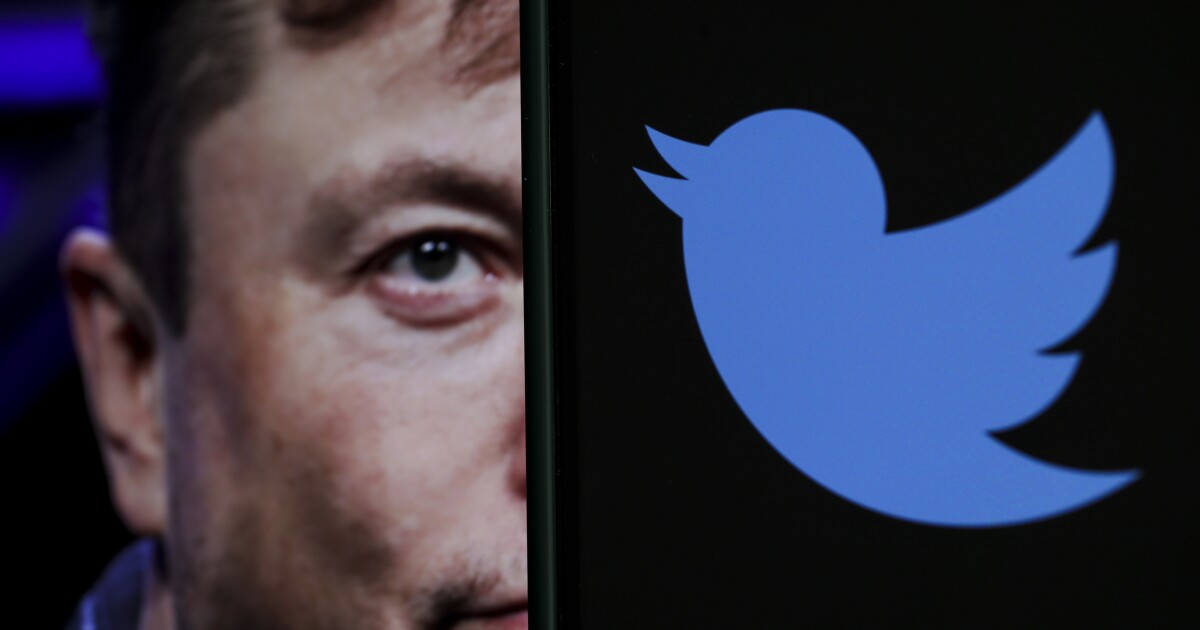

Elon Musk has implemented major changes to Twitter in the two weeks it has been in his control.
The social network has laid off thousands of workers, abruptly launched a new subscription service, and generated controversy about its advertising and content moderation.
While Twitter’s financial future remains uncertain — Musk himself raised the specter of bankruptcy — many more changes are expected.
Here’s how Twitter has changed since Musk took over.
ELIZABETH HOLMES’ LAWYERS ASKED FOR HER NOT TO BE SENTENCED TO JAIL
Oct. 27: Musk took over the company and removed top executives from their roles. He also sent a letter to advertisers promising that Twitter would not become a “free-for-all hellscape,” as some claimed his content moderation policies would create.
Oct. 28: Musk’s takeover created uncertainty on the platform. While some liberals debated leaving, conservatives praised his investment in the company. Musk, however, delayed major content moderation reforms, stating that he would create a council to advise on such decisions.
Oct. 30: Musk drew controversy when he posted a link to a conspiracy theory on a disreputable news website about Paul Pelosi, leading to criticism that he was contributing misinformation. Musk quickly deleted the link.
Oct. 31: Twitter began preparing for significant internal changes. The company’s board of directors was dissolved, leaving Musk as the sole director at the company.
Nov. 1: The billionaire outlined his vision for the company’s new version of Twitter Blue, a premium service that allowed users to pay $8 to be verified and receive special tools.
Nov. 3: Musk began laying off thousands of workers at Twitter — estimated to be more than 3,700.
Nov. 4: Several Twitter employees filed a class-action lawsuit against Musk, alleging that the sudden mass layoffs were against federal law. Musk also faced pressure over advertising, as several advertisers withdrew their support. Musk blamed “activist groups” for censoring free speech. Civil rights groups implored advertisers to drop Twitter, saying that Musk’s views on free speech would lead to election misinformation.
Nov. 5: Former Twitter CEO Jack Dorsey apologized for the sudden layoffs at the company and said he is at fault for the company growing too large too quickly.
Nov. 6: Musk announced that Twitter will permanently ban impersonators after a wave of celebrities, including Kathy Griffin, decided to impersonate him on the platform.
Nov. 7: Musk advocated independent voters to vote in favor of Republicans, a statement that led to criticism that he was in conflict with his own stated goal of creating a politically “neutral” platform.
Nov. 9: Twitter implemented the “official” tag that labels media or government accounts as being the real thing. Musk “kills” the new function after it’s been up for a few hours, claiming it created a “two-tiered system.”
Twitter filed paperwork allowing it to operate as a payment processor, a critical decision moving the company toward Musk’s vision of turning Twitter into an “everything app” akin to China’s WeChat.
Nov. 10: Musk sent his first email to staffers, informing them they will be required to work in the office. He also hosted an impromptu all-hands meeting in which he reviewed the company’s financial future and said that bankruptcy could be in the future if Twitter fails to step up and adapt.
CLICK HERE TO READ MORE FROM THE WASHINGTON EXAMINER
Nov. 11: Twitter reimplemented the “official” tag after several fake accounts created chaos on the platform by pretending to be Apple or Tesla.





